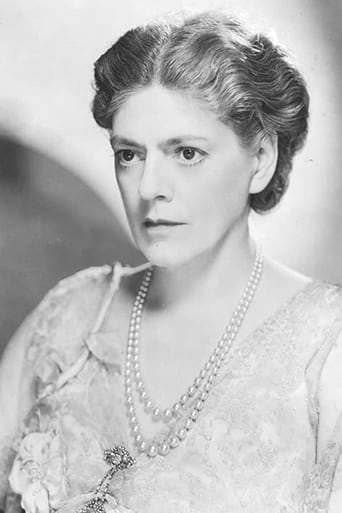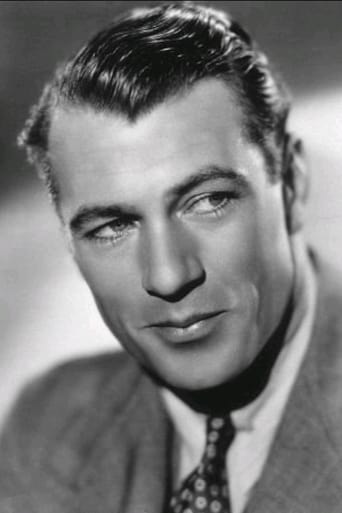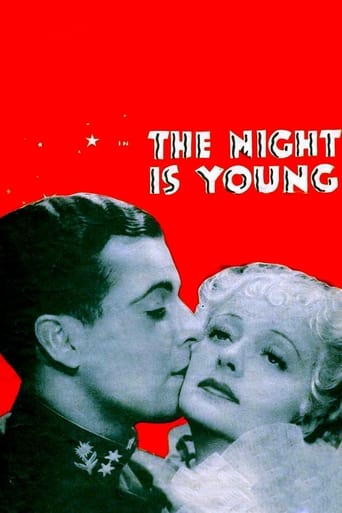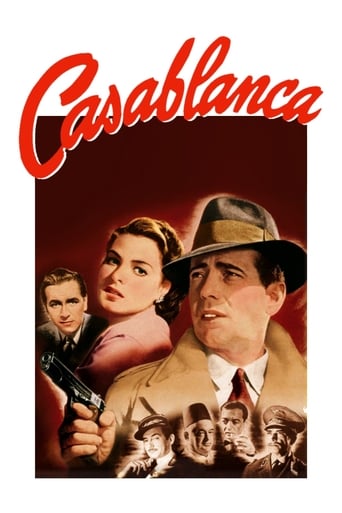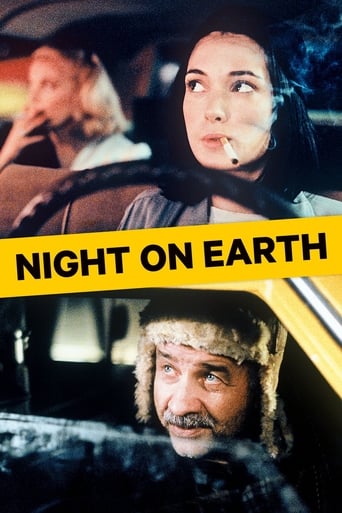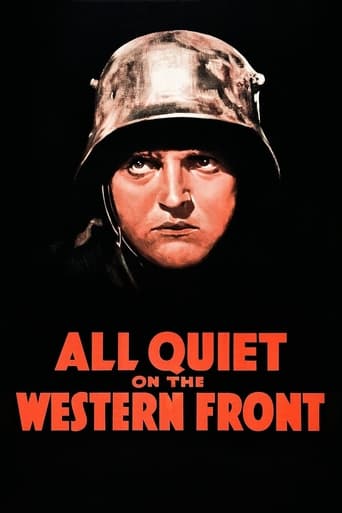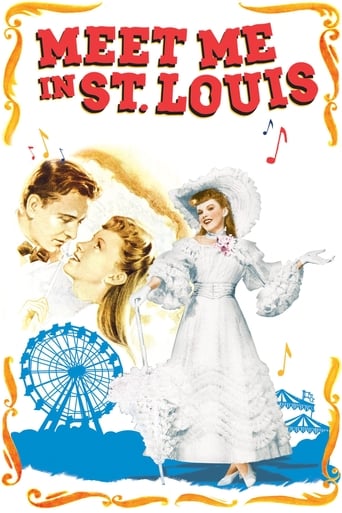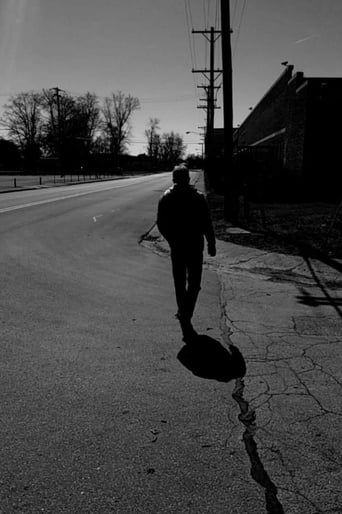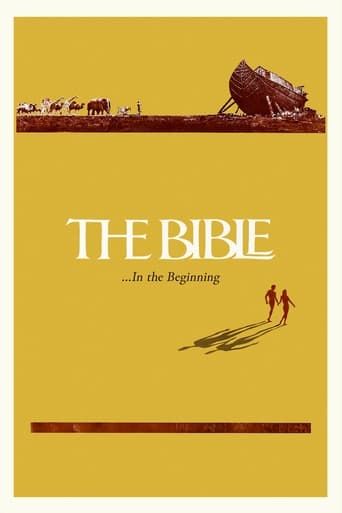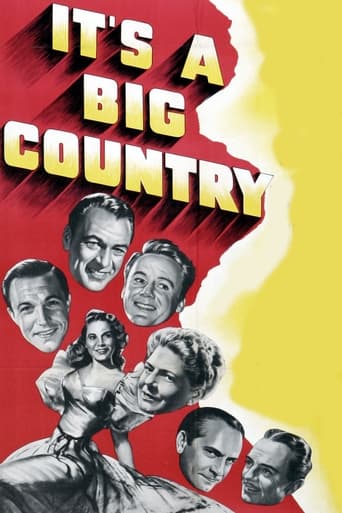
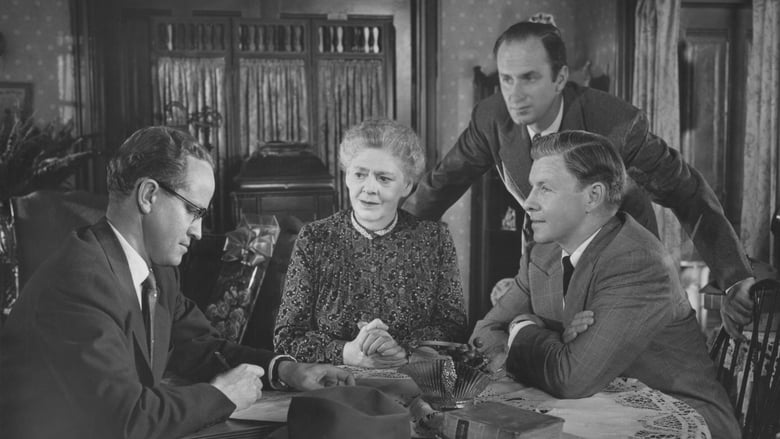
It's a Big Country (1951)
Comprised of eight unrelated episodes of inconsistent quality, this anthology piece of American propaganda features some of MGM Studios' best directors, screenwriters and actors; it is narrated by Louis Calhern. Stories are framed by the lecture of a university professor. In one tale a Boston resident becomes angry when the census forgets to record her presence. Another sketch chronicles the achievements of African Americans while still another pays tongue-in-cheek tribute to Texas.
Watch Trailer
Cast
Similar titles
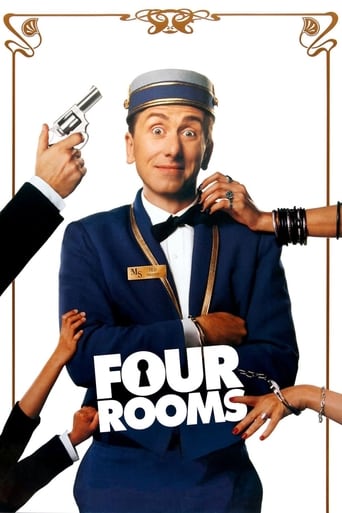
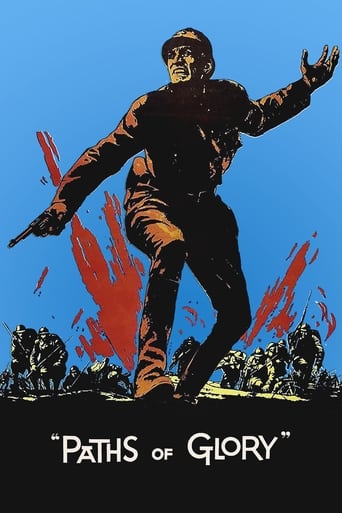
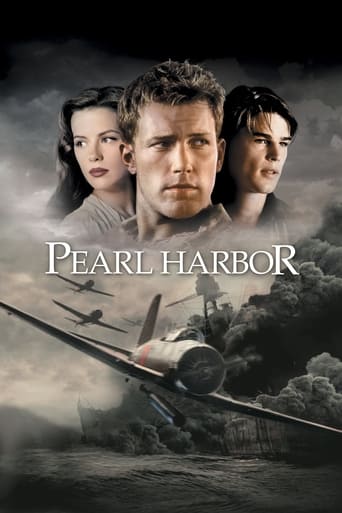
Reviews
Pretty Good
A great movie, one of the best of this year. There was a bit of confusion at one point in the plot, but nothing serious.
The thing I enjoyed most about the film is the fact that it doesn't shy away from being a super-sized-cliche;
The movie really just wants to entertain people.
It's hard to understand why this movie was made in 1951. It is obviously a public service announcement (propaganda piece) that was made for some reason. The movie is made up of eight vignettes whose only commonality seems to be that America is a diverse country. While this notion seems hackneyed to us today, it must have had a reason to be made back then. One wonders if it was made for adult audiences or just for elementary school children. In any case, it is interesting to see what the public thought of as diversity in 1951 and how it was portrayed. The vignettes display several nationalities and ethnic groups whom American WASPS seem to be just discovering, as if they never knew these groups were also Americans. The celebrities in this film seem to be telling us how diverse American is and doing it with platitudes. If nothing else, this film is quaint by today's standards.---There is a segment with Marjorie Main (as herself) meeting one of her deceased son's army buddies. At first, she seemed put off by the fact that his buddy (Keefe Brasselle) is Jewish (though the word is never used). After talking to him a while, she wants to write to his mother to let her know what a fine boy she thought he was. The apparent anti-Semitism of the 40s and 50s in America is something I can't personally relate to. However, it must have occurred since it crops up so often in the movies of that period: For example: Gentleman's Agreement and Crossfire. ----Garry Cooper does a humorous piece about Texas--the biggest of the 48 states at the time—and how Texas is no different than any other state. While he describes Texas and Texans as just like any other state, the clips in the background show just the opposite.----In another vignette, S.Z. Sakall plays the role of a widowed Hungarian with five daughters. He tells his daughters that he hates Greeks. When asked why, he says that Hungarians just hate Greeks. When his eldest daughter (Janet Leigh) is given a ride by a Greek (Gene Kelly) they soon fall in love, and the two families learn to like each other. ----In presenting stories about the diversity of America in the 50s, the movie fails to show us stories about American Indians or Asian Americans. Evidently, such was what American diversity did NOT include in 1950.To me, the most interesting segment of the movie was the one featuring American Negroes (for that would have been the correct term at the time). Yet, the term, 'Negro' is never uttered in the cluster of newsreels shown---with a congratulatory narration about these "great Americans." What we IS shown are the contributions made by great Americans such as: Jackie Robinson, Jessie Owens, Marion Anderson (singing on the steps of the Lincoln Memorial), and entertainers such as Lois Armstrong, Ethel Waters, Lena Horne, etc. The reason this segment was interesting to me is that there is no cute little story to be told here: Just newsreels and monuments. The American audience had not yet reached the point where blacks and whites could be seen interacting with each other (on anything like an equal basis) in the same little story. Why? Because there were no such little stories like this--in any part of the country--at that time. I don't say this to put down the film. I only say it because it was TRUE. And, if nothing else, it demonstrates how far we have come since the film was made.The film was dull but (in a way) interesting as a time capsule for the period in when it was made.
"It's a Big Country: An American Anthology" is a very unusual movie and is clearly a product of its times. While such a schmaltzy bit of unabashed patriotism and propaganda would be laughed at today, following WWII and in the midst of the Red Scare, it all made perfect sense back in the day. It was intended to hammer home the goodness of America and its people...though perhaps it comes on a bit strong here and there.The film is made up of eight different stories. To me, this is the biggest weakness of the film. Perhaps paring it down to three or four stories would have worked better...especially since some of the stories are underdeveloped or just didn't work all that well. Here's a breakdown of the stories:1. Two guys are on a train. One is a loudmouth (James Whitmore) and he strikes up a conversation with a guy who seems, at first, to just want a bit of peace and quiet (William Powell). This one was very forgettable and a bit stupid. This one merits a 3.2. Ethel Barrymore plays a lonely widow who was somehow missed in the census. With the help of a newspaper editor (George Murphy) she gets counted. VERY schmaltzy and utterly ridiculous, this one is still very enjoyable and merits a 6.3. In a tribute to the accomplishments of Black Americans, a montage of famous Blacks is shown while the narrator describes their many achievements and contributions. This is totally unlike most of the rest of the film and instead of a fictional story, it's a mini- documentary. For 1951, it's very liberal and positive...though folks today will likely think it's a bit of a 'whitewash' by making everything look too positive for this minority group. Despite this, I think it's quite good for the time in which it was made and I give it an 8.4. Mr. Szabo (Cuddles Sakal) is a Hungarian man with many daughters...who he dearly loves. However, Mr. Szabo is a bigot when it comes to Greeks--he hates them and insists Hungarians ALWAYS will hate Greeks. Not surprisingly, his oldest daughter (Janet Leigh) ends up falling for a Greek (Gene Kelly) and this causes many problems...as well as forces Mr. Szabo to examine his own prejudices--hammering home the message that Americans should be united. However, I do wonder-- do Greeks and Hungarians really dislike each other? I don't think this has ever been true...and would love to know more from anyone who knows more about this. Making Kelly and his brothers Turkish-Americans...that would have made a lot more sense since there has been a long, long tradition of distrust and dislike between these groups. This segment easily could have been longer and more developed and was one of the more enjoyable segments thanks, as always, to the wonderful Cuddles Sakal. Of course, I'd love him in ANYTHING! 8.5. A Jewish soldier (Keefe Brasselle) returns home from the Korean War. Among the first things he does is visit the mother (Marjorie Main) of a fallen buddy. The message is about more than tolerance for others but about our need for each other--and the strength Americans derive from its many ethnic groups. EXTREMELY preachy and schmaltzy but well done. 6.6. This is a bizarre one. The narrator begins talking about Texas when Gary Cooper (dressed as a cowboy) interrupts and begins talking at length about his beloved Texas (though Cooper was actually from Montana!). It plays much like a travelogue...to a foreign country! This is among the shortest segments and is kind of funny...and forgettable. 6.7. Van Johnson plays a young minister who has just arrived in Washington, DC and the church is the same one the President usually attends. His preaching sucks--mostly because he is more concerned with impressing the President than the congregation. Among the least watchable of the segments, 3.8. Nancy Davis (Reagan) plays a school teacher who notices that an Italian-American kid cannot see very well...so she sends a note home. The father (Frederic March) is angry...his son sees just fine...or so he thinks. He's so upset he goes to see the teacher about this. Somehow, this idiotic father thinks that needing glasses is the same has having a hearing problem. Huh?! Well, regardless, the teacher has a tough time getting through to him. This segment seems to have less lot to do with the overall theme of the film but was okay otherwise. 5.Overall, this is a fair film--with several really good portions and several which just don't work well. In many cases, by allowing the story to slowly reveal itself would have made the message less preachy and obvious. Subtle, it ain't but an interesting little experimental film.
Collection of stories to show the melting pot aspect of the USA. The film is blessed with an array of talent that only could be pulled together in Hollywood at its peak. Episodic by nature and all the vignettes have their charm but the first three are really the best.William Powell and James Whitmore breeze their way through a lively discussion of the ever evolving nature of the country. Their reactions to each other are what makes the skit.Next up is a little story about not being lost in the crowd made charming by Ethel Barrymore's gentle performance. The next segment is a tribute to notable African Americans which is nice in and of itself but that's also why it's a bit problematic. Considering the time it was made the isolated state of the short would have made it easy to snip out in the South. Of course the same could be said for any of the stories but since their are not people of color in any of the other segments it's rather obvious that was the intention at the time. Still it's a nice opportunity to see the significant Americans it spotlights.The other sections all showing various slices of life, aside from Gary Cooper's star bit simply representing Texas, are pleasant but are on the sticky side of sweet.
I wanted to like this film. I really did. But, I could not. The premise was a great idea, but it was poorly executed. The only reason I kept watching was because of the amazing superstar cast.My favorite stories were the first one with the gentlemen on the train discussing America and the Gary Cooper segment where he was talking about Texas. Both of these segments held my attention and I thought they were very well done. Sadly, this was not the case for the rest of the film.I enjoyed the Nancy Davis plot about the boy needing glasses, but it went on a bit too long and seemed to get quite bogged down. I'm a huge Gene Kelly fan and wanted to enjoy his segment more than I did. However, I couldn't help being totally distracted that he and Janet Leigh decided to marry after knowing each other just a few minutes. I know this is a common plot to classic movies, but it still distracted me. Another distraction was Kelly romancing a woman much younger than him but again...this was a common theme in classic movies (and Kelly movies).I enjoyed Ethel Barrymore's segment solely because of Barrymore. The plot was so thin and dragged on much too long.I'm glad I watched this movie (seeing so many stars over the course of just 90 minutes was a real treat), but I doubt I'll ever watch it again.
